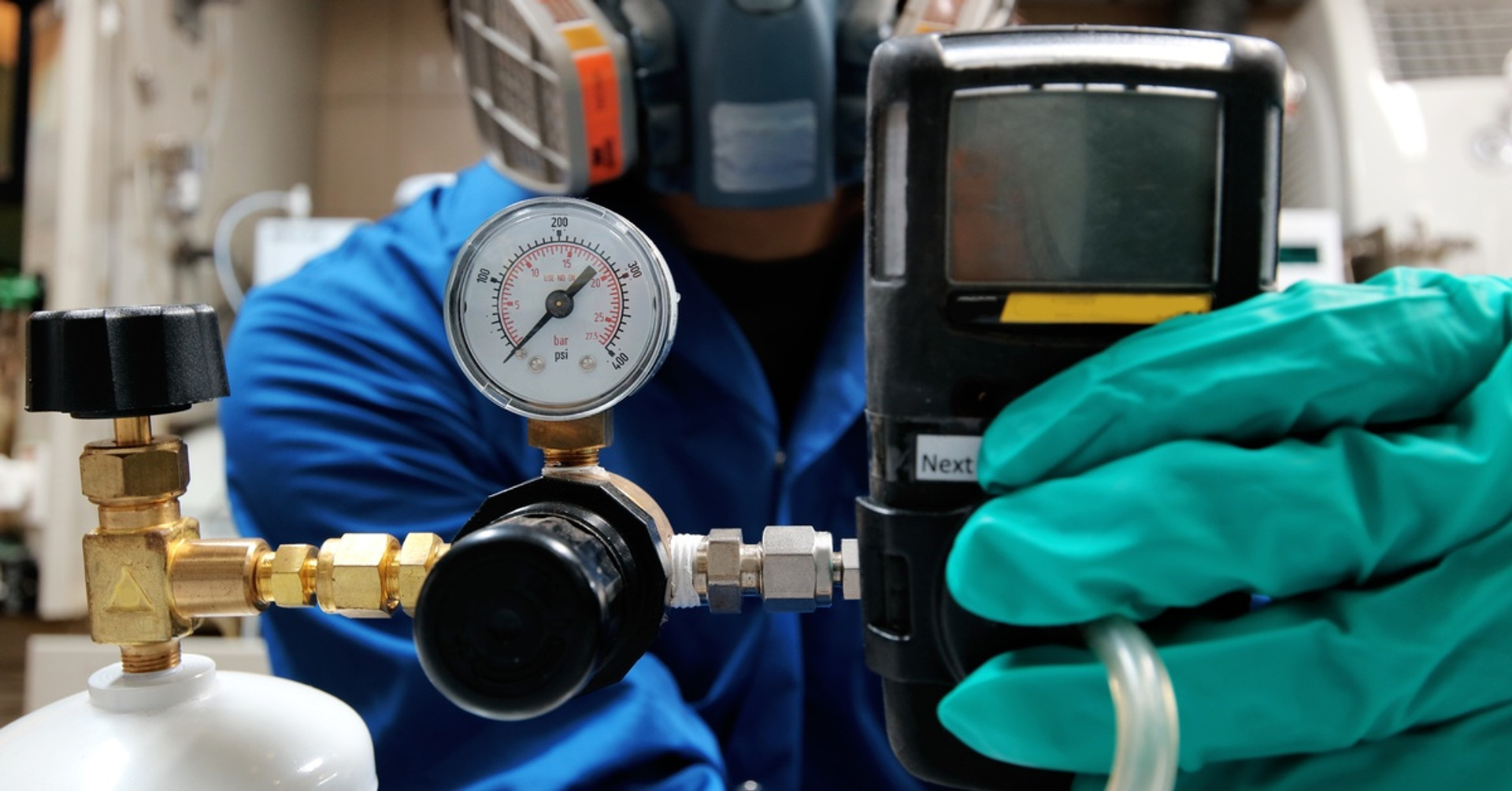5 Important Facts About Calibration Gas Shelf Life
Calibration gas shelf life governs how long a gas mixture retains its specified concentration and remains fit for use. Calibration reliability depends on precise chemical composition and consistent behavior over time.
Every container, whether destined for a US lab or an overseas distributor, has a lifespan. Understanding what affects that shelf life helps end users prevent errors and reduce compliance risks.
1. Composition Defines the Expiration Timeline
Gas behavior changes based on the chemistry inside the blend. Reactive components, such as hydrogen sulfide, ammonia, or chlorine, degrade faster than stable gases like nitrogen or methane.
One important fact about calibration gas shelf life is that blend composition decay begins the moment the gas enters the cylinder. Users working with unstable mixtures must plan for shorter storage cycles and prioritize rotation. Reliable calibration gas suppliers will provide clear guidance on expected shelf life to help you manage inventory.
2. Cylinder Construction Influences Gas Integrity
Cylinder material directly affects how well a calibration gas maintains its intended concentration. Stainless steel cylinders provide superior resistance to corrosion and offer lower permeability than untreated aluminum, making them ideal for reactive blends. Internal linings and passivated surfaces further reduce unwanted interactions between gas and metal.
At MESA Specialty Gas, we manufacture and supply calibration gas in cylinders that match the chemical behavior of each blend. We help business leaders select the proper container—whether treated aluminum for stability or stainless steel for longer shelf life—based on usage conditions and blend sensitivity. As calibration gas suppliers, we support both domestic end users and international distributors who depend on accuracy through transport, storage, and field use.
3. Storage Conditions Can Undermine Shelf Life Estimates
Even chemically stable gases deteriorate when exposed to poor storage environments. Heat, humidity, and sunlight can accelerate pressure shifts or cause unwanted condensation.
Technicians and lab managers who rely on portable field kits must always control variables. Another one of the most important facts about calibration gas shelf life is that proper storage determines whether shelf life estimates hold true in practice.
4. Labeling and Documentation Prevent Mistakes
Each cylinder includes an expiration date, blend ID, and batch code. Users who ignore batch codes risk using degraded gas that no longer meets certification requirements.
Tracking lot numbers and entry dates into storage allows both domestic labs and overseas distributors to rotate inventory correctly. Verifying label data before deployment ensures that calibration procedures rely on viable standards, not expired stock.
5. Verification Confirms Accuracy Near Expiration
It’s important to note that shelf life does not guarantee accuracy. Instead, it reflects predicted usability under controlled conditions. Mixtures may shift slightly due to trace contamination, valve degradation, or micro-leakage.
End users in regulated sectors often retest gas near expiration to confirm concentration remains within tolerance. Routine verification builds confidence and protects against failed audits or rejected test results caused by expired or altered gas blends.
A gas cylinder’s shelf life reflects chemistry, packaging, and storage. End users and distributors who understand those variables protect calibration accuracy and reduce compliance risks.
A focus on blend composition, storage discipline, and documentation extends usability and preserves gas performance. No application tolerates error, especially when instruments or regulations demand exact results. You can rely on MESA Specialty Gas to deliver accurate and verifiable cylinders over other calibration gas suppliers.

